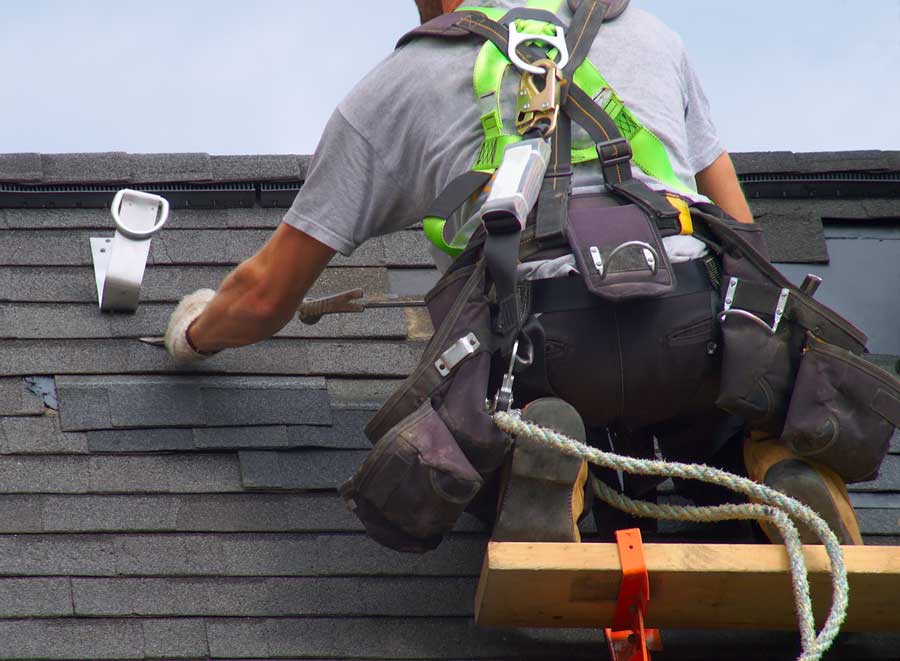Image: Istock
The ICSH–CT Report: Where are we now?
Two years on from the publication of research aiming to safeguard social housing in Ireland through sustainable funding, what actions have been taken and what is still to be done?

FINANCE

Fiona O’Driscoll
Financial Lead, Irish Council for Social Housing

Fiona O’Driscoll
Financial Lead, Irish Council for Social Housing
Issue 74 | October 2024
In 2022, the Irish Council for Social Housing (ICSH) engaged Campbell Tickell to produce the report ‘Building on Success – A Financial Roadmap for AHBs’. The overall aim was to develop a “strategic financial road map” that would enable Approved Housing Bodies (AHBs) to continue to deliver social, affordable and supported housing at scale in accordance with the government’s Housing for All action plan.
Key recommendations included addressing the high level of gearing in AHBs undertaking development at scale and promotion of shared services among smaller AHBs. In the past two years, the ICSH has led discussions with the Department of Housing, Local Government and Heritage (DHLGH) to deliver a solution for gearing and supported models of shared services through the AHB Collaboration Fund. So where are we now?
Delivering financial sustainability through revenue supports
It remains the case that financial stability is a challenge for many AHBs – particularly insufficient revenue funding for large-scale maintenance. In large part, this is due to problems with existing government funding schemes for social housing.
At the heart of this issue is the fact that rental income has not kept pace with increased landlord costs. As properties age and funding programmes mature, the number of homes affected by these issues continues to grow.
DHLGH Delivery Data shows 30,111 dwellings delivered through the Capital Assistance Scheme (CAS) and the (discontinued) Capital Loan and Subsidy Scheme (CLSS) since 1984. Approximately 40 per cent of AHB homes were CAS, CLSS or out-of-mortgage (OOM) as per AHBRA’s 2023 sectoral report.
As mentioned, the growth in rents on these units has not kept pace with the related increase in costs, with Rental Accommodation Scheme (RAS) levels for CAS having remained largely unchanged since 2007 and annual management and maintenance allowances for CLSS also unchanged since 2016. In addition, 4,000 units are reported by AHBs as currently OOM. For properties coming out of mortgage, the only income available is a differential rent (which may be supplemented by CAS/RAS rents in some cases).
In all cases (CAS, CLSS and OOM homes), today’s rental income levels neither ensure long-term viability for those properties nor provide the AHB with the ability to continue to provide for an adequate sinking fund to cover the ongoing costs of repairs and maintenance.
The sector is keen to ensure these properties will be used for social and affordable housing in perpetuity. However, shortfalls in income required for ongoing maintenance and sinking fund provision has resulted in these homes failing to reach current required standards and for future-proofing. While some AHBs have managed to cross-subsidise some of these activities from other sources, others are facing cash shortfalls, delaying requisite works. This is not sustainable in the longer term.
The report in 2022 contained the below recommendation, which remains unresolved and is a very pressing issue for AHBs and the wider housing sector.
“An urgent requirement to shore up gaps that already exist in revenue funding (‘legacy’ issues) and to secure future income streams that recognise the long-term nature of commitments that exist for AHBs to support tenants, sustain properties for future social housing needs and maintain vital services to marginalised and vulnerable groups. This will also ensure, going forward, that unencumbered stock can be utilised as security for refinancing purposes.”
homes delivered through CAS and CLSS since 1984
of AHB homes were CAS, CLSS or out-of-mortgage as per AHBRA’s 2023 sectoral report
units are reported by AHBs as currently out-of-mortgage
Safeguarding the future of social homes
To address current revenue shortfalls vital to sustaining affordable homes, the ICSH is proposing that the properties are put on a long-term stable financial footing through a revenue contract, based on a cost recovery model (which is also recommended by the Housing Commission). This would help ensure the homes are maintained to today’s standards and remain available to social housing tenants into perpetuity. As these homes are concentrated in the care and support and community sectors in particular, this funding will be vital to safeguarding the homes for the most vulnerable members of our society.
The ICSH welcomed the establishment of the AHB Strategic Forum by the DHLGH and is positively and closely engaged in this process. We are engaging with the Strategic Review Forum to promote the merits and budget requirements of applying a cost recovery model for the ongoing costs of managing and maintaining – including lifecycle provision – homes originally funded under CAS and CLSS.
In addition, as CAS and CLSS buildings age, complex refurbishments are often necessary that cannot be funded wholly out of AHB resources. To alleviate this issue, ICSH is recommending capital funding for the CAS new build budget is increased and also becomes eligible for renewing AHB stock.
This would allow the AHB sector to strategically plan for these large-scale refurbishments and safeguard public investment and our social housing stock for the future. Such a fund would be a very cost-effective means of ensuring there is a minimal vacancy and obsolescence rate within the AHB sector and remove a significant barrier for AHBs involved in consolidation projects or transfers from smaller AHBs that may not have the expertise or finances to oversee large-scale refurbishment projects.
Progress has undoubtedly been made in the two years since the ICSH-CT report, but more remains to be done.

“As CAS and CLSS buildings age, complex refurbishments are often necessary that cannot be funded wholly out of AHB resources.”

